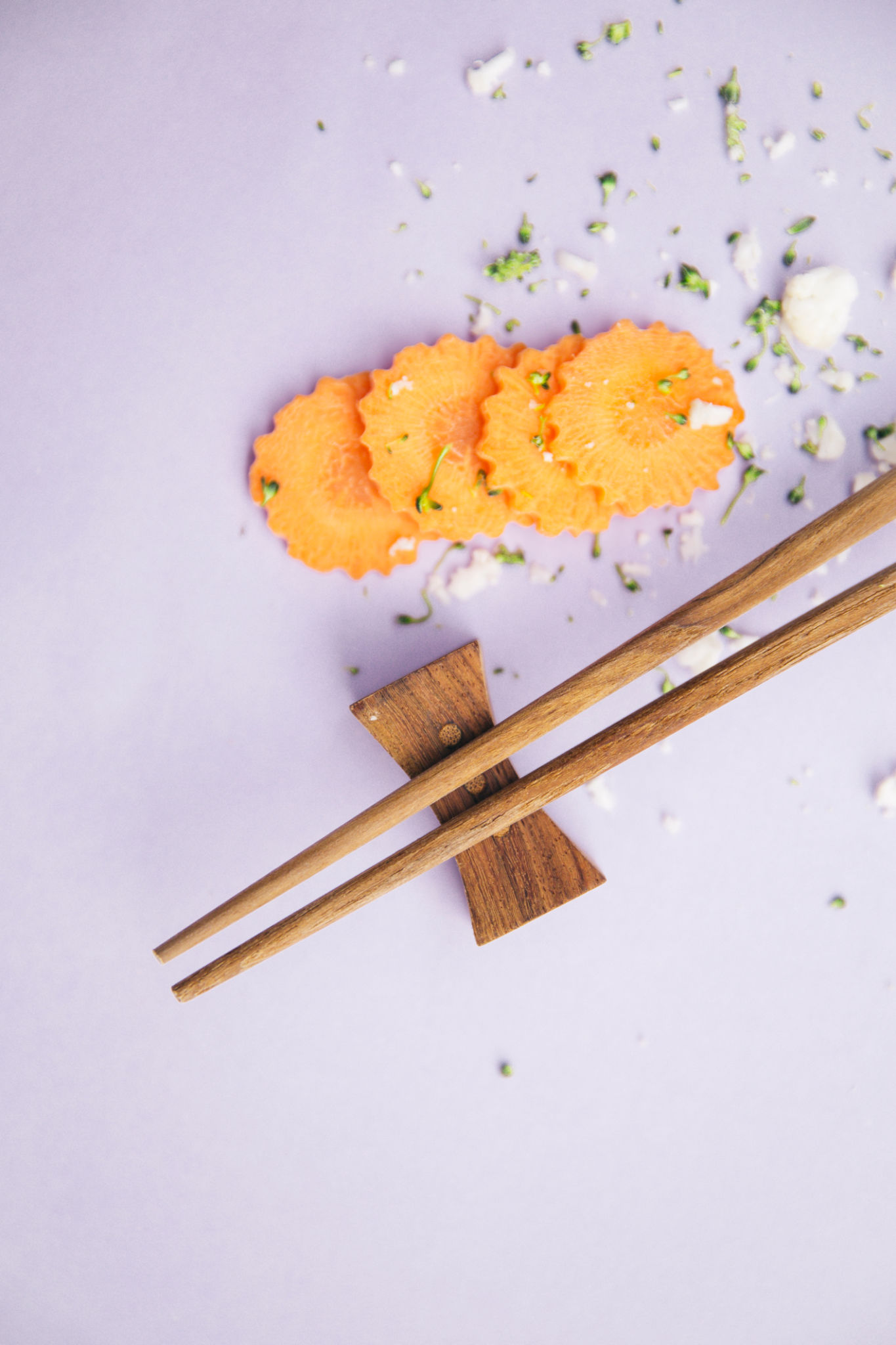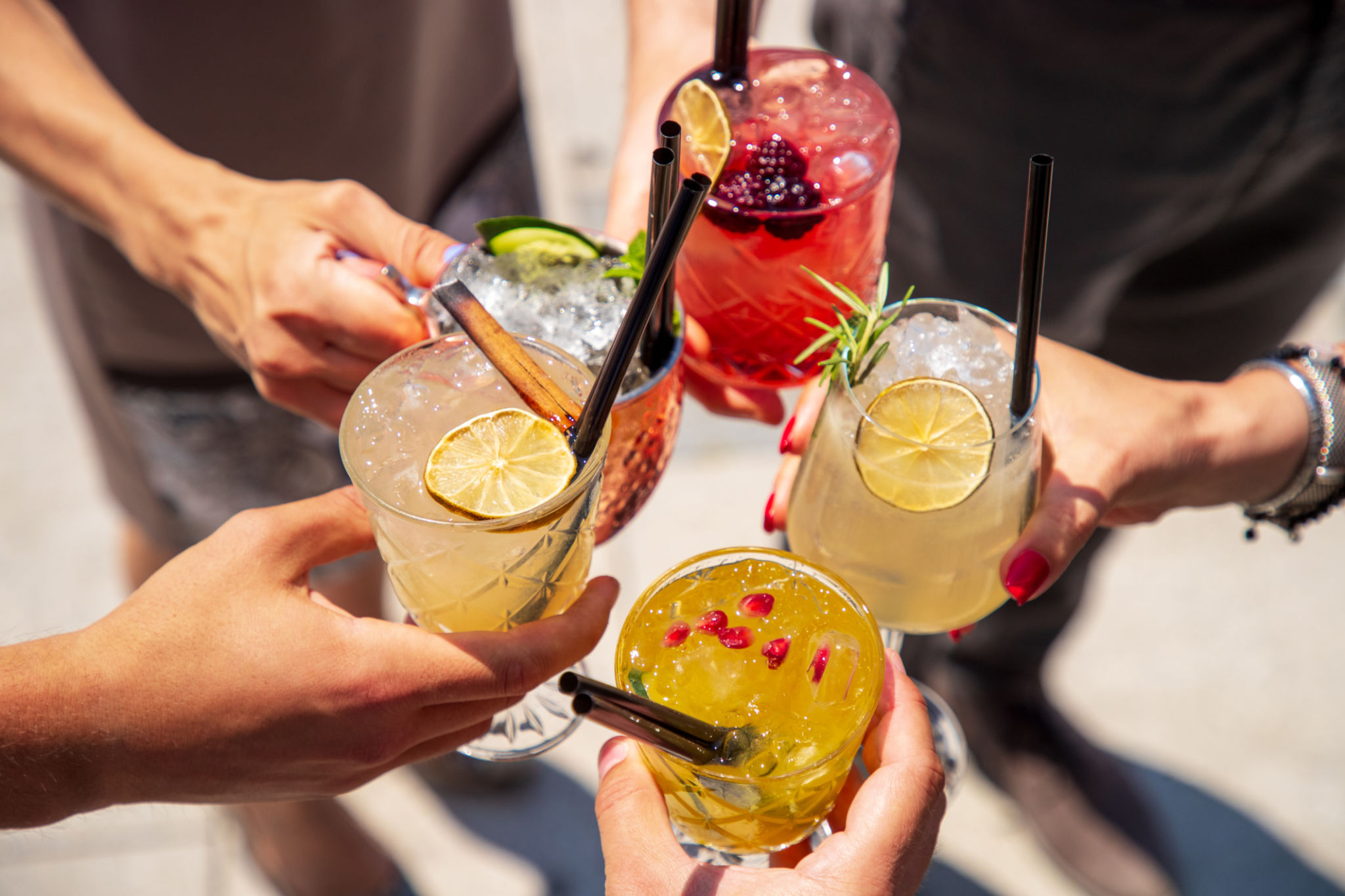The Art of Pairing: How to Enhance Your Tasting Menu Experience
Understanding the Role of Pairing in a Tasting Menu
When it comes to experiencing a tasting menu, the art of pairing plays a crucial role in enhancing the overall experience. Whether it's wine, cocktails, or non-alcoholic beverages, the right pairing can elevate flavors and create a harmonious balance on your palate. But what exactly makes a good pairing, and how can you master this art to enrich your dining experience?

The Basics of Flavor Profiles
Before diving into pairing, it's essential to understand the basic flavor profiles: sweet, salty, sour, bitter, and umami. Each ingredient and dish has its unique combination of these flavors. A successful pairing will either complement these flavors or offer a pleasing contrast. For instance, pairing a rich, bold red wine with a savory beef dish enhances the umami while balancing the flavors with its acidity.
Complementary vs. Contrasting Pairings
Complementary pairings involve matching similar flavor profiles to create a seamless taste experience. For example, pairing a creamy cheese with a buttery Chardonnay highlights the smooth textures and rich flavors of both. On the other hand, contrasting pairings focus on balancing opposing flavors, such as pairing a spicy dish with a sweet wine to cool down the heat and add complexity.

Exploring Different Beverage Options
While wine is the traditional choice for pairing with tasting menus, exploring other beverages can offer unique experiences. Craft beers with their diverse flavor profiles can be an excellent match for various dishes. Similarly, cocktails with their intricate mixtures and aromas can enhance the tasting notes of each course.
Non-Alcoholic Pairings
For those who prefer non-alcoholic options, there are plenty of creative choices available. Consider pairing your meal with infused waters, herbal teas, or specially crafted mocktails that complement the flavors of your dishes. These options not only enhance the experience but also cater to a broader range of preferences.

The Importance of Seasonality and Ingredients
Seasonality plays a significant role in both dish creation and pairing choices. Fresh, local ingredients not only taste better but also influence the pairing process. A spring menu might feature light, crisp wines or cocktails made with fresh herbs to enhance the seasonal produce.
Working with a Sommelier or Mixologist
For those unfamiliar with the intricacies of pairing, consulting with a sommelier or mixologist can provide valuable insights. These experts can guide you in selecting pairings that not only suit the menu but also align with your personal preferences. Their knowledge can transform a simple meal into an unforgettable culinary journey.

In summary, mastering the art of pairing can significantly enhance your tasting menu experience. By understanding flavor profiles, experimenting with different beverage options, and considering seasonality, you can create memorable dining moments that delight your taste buds and elevate your culinary adventures.